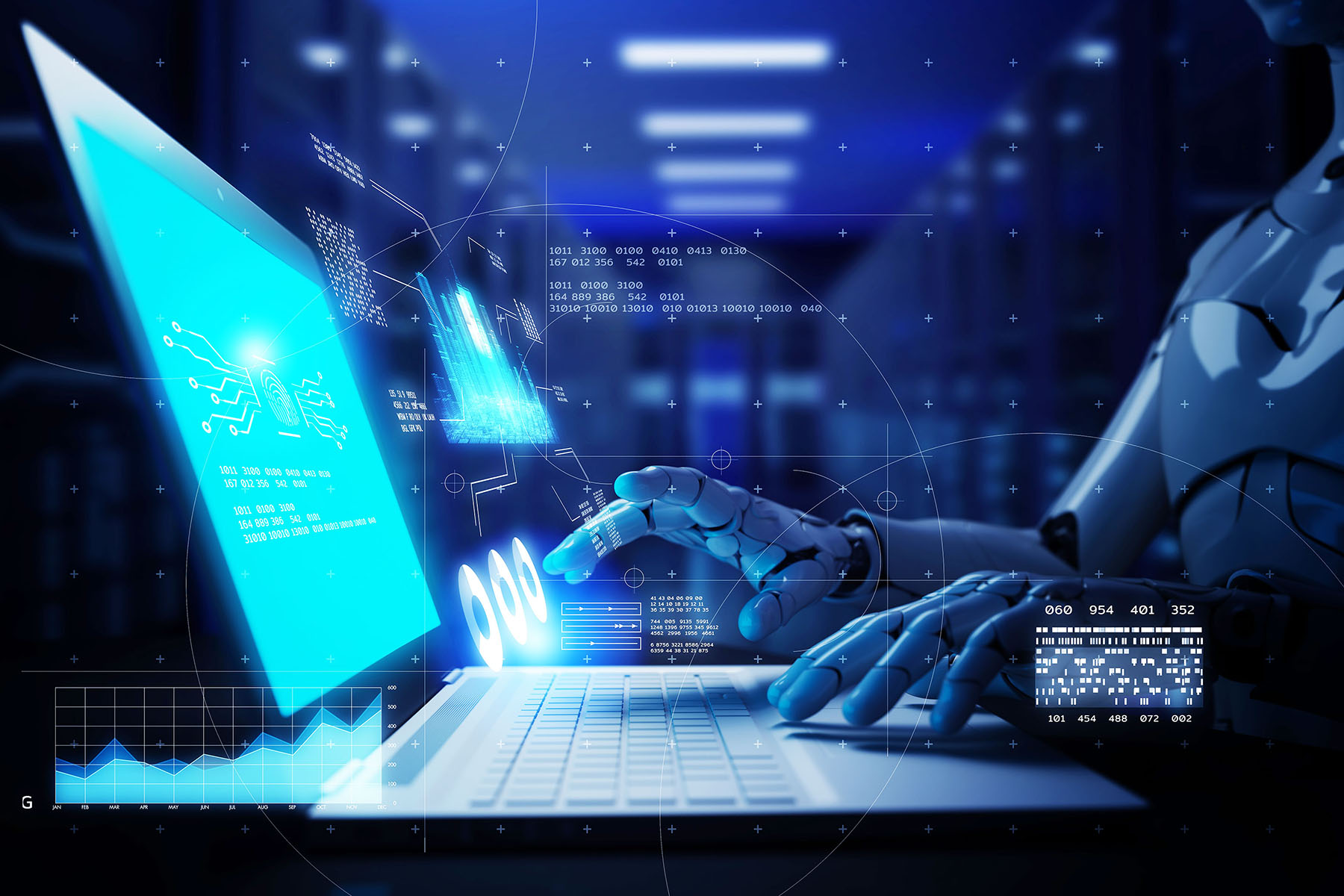It is no secret artificial intelligence (AI) has become increasingly powerful and more widely used in a variety of applications. From self-driving cars to facial recognition, AI has become an integral part of our lives, and the implications are far-reaching. But risks come with any technology and innovation, and when put in the wrong hands, AI could be used for malicious purposes.
This holds true in many industries, but it’s increasingly a point of discussion in cybersecurity, especially in the pharmaceutical and life sciences sectors. It’s a rigid, regulated business that requires the highest levels of security. And here too, AI has the power to change online security sectors in both positive and challenging ways. We’re seeing it already, and more examples will continue to grow. But let’s consider something that keeps me and many other company leaders up at night—online cyberattacks like phishing.
Cybercriminals are using technologies such as AI to mimic human behavior, making it difficult to distinguish between genuine messages and those that pose a cyber threat. The power of AI can be used to generate convincing emails, texts, and other messages that impersonate a trustworthy person or attempt to persuade people to give away sensitive information. But that’s not all.
AI can also be used to create fake accounts and websites that look legitimate, making it even harder to tell the difference between authentic messages or websites and malicious ones. Leveraging the power of natural language processing, deep learning, and other advanced techniques to analyze data and identify patterns, AI-powered systems can craft highly targeted and personalized scams that are difficult to detect.
The Other Side of the Coin
But it’s not all bad when it comes to AI. In fact, in the battle for cybersecurity, many organizations are using AI for good to help improve the accuracy of threat detection and protect users from attacks. For example, AI-based systems can examine communication patterns and identify anomalies or block malware by analyzing the behavior in real time without using human intervention. Systems can also be used to learn from past incidents and adapt to new threats, making them more resilient.
In the end, AI is a tool to be leveraged where appropriate to help improve efficiencies, but also one to be carefully analyzed as it evolves. No matter the size of your organization, understanding the emergence of AI and what it means to your organization’s security and society in general is paramount.
It has the power to be a double-edged sword. But by staying informed and understanding both the good and potentially bad impact of AI in cybersecurity, you can lead your organization through this new era where AI is not only here, but is here to stay. It’s on each of us to make the most of it for the good of all. If we can do this, we will all be winners.










